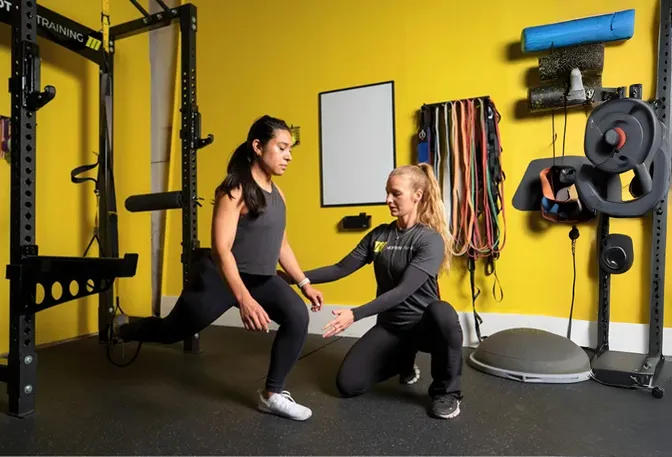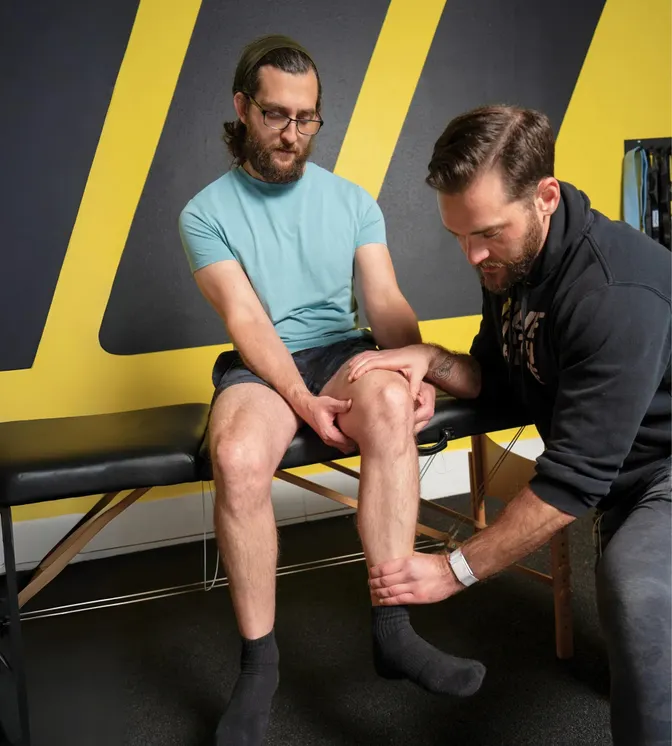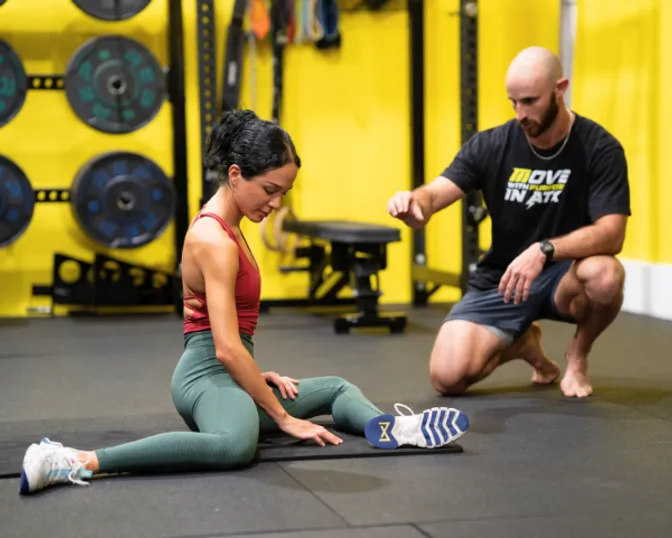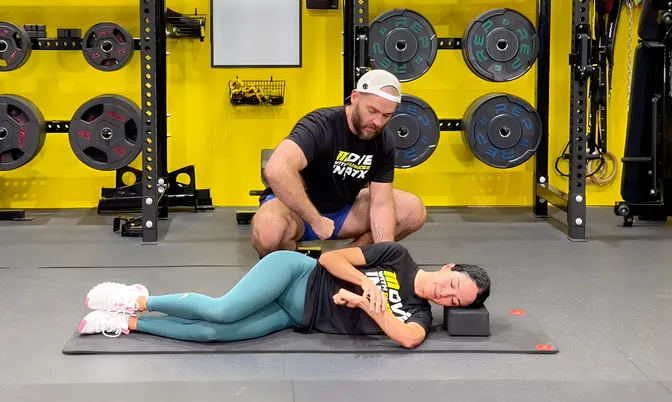New Year, Same You, But With A Better Plan
January 16, 2023 | General
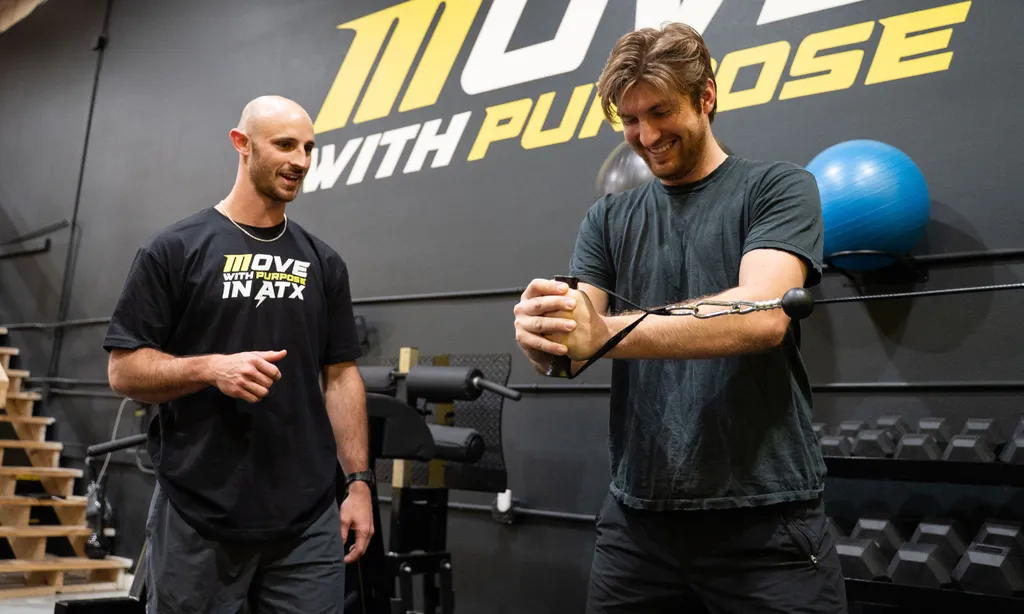
Every January, a wave of motivation hits. You see it everywhere: people flooding gyms, starting new routines, and vowing that this is the year they finally get in shape. But most of those people don’t last through February.
Why? Because they fall for a tired idea: that the problem is them. That they need to become a “new” person in order to succeed. That changing their life starts with changing their identity.
At Motive Training, we reject that mindset. You don’t need a new you. You need a better plan—one that aligns your actions with your values, your routine with your goals, and your training with your actual needs.
Most Goals Fail Because They Lack Structure
Let’s break down what most people call a goal:
- “Lose weight.”
- “Be more consistent.”
- “Get stronger.”
These aren’t goals. They’re outcomes—and vague ones at that. If you don’t define what success looks like, how to measure it, or what it takes to get there, it’s almost impossible to stay on track.
That’s why we build goals around behavior, not just outcomes. Want to lose weight? Focus on a process goal, such as walking 8,000 steps a day or training three times a week. Want to move better? Set a goal to complete your KINSTRETCH sessions twice a week and track your Controlled Articular Rotations.
Outcome goals are important, but they’re useless without a roadmap.
SMART Goals (and Why We Go Further)
You’ve heard it before: goals should be Specific, Measurable, Attainable, Relevant, and Time-bound.
Here’s what that might look like:
- Instead of: “I want to get in shape.”
- Try: “I want to train three times per week for the next 60 days, focusing on joint control and bodyweight strength.”
SMART goals are a strong start, but most people stop there. At Motive, we take it further:
- We ask why. Why does this matter to you? What happens if you don’t follow through?
- We assess. Through tools like the Functional Range Assessment, we determine where your body is currently and how it can be improved.
- We plan. Based on your data, we tailor training to your capabilities, ensuring you’re not chasing goals that don’t align with your physiology.
Build Habits That Anchor Your Progress
If you set a goal without reshaping your habits, you’re relying on willpower alone. That won’t cut it.
Instead, link your goals to clear, repeatable actions:
- Pick a consistent time of day to train.
- Set reminders for mobility routines or CARs.
- Use Input Sessions to maintain momentum outside the gym.
Progress isn’t about big changes. It’s about daily decisions. If you want to lift pain-free or regain mobility, that change begins with what you choose to do consistently—not occasionally.
Goal Clarity Drives Motivation
Most people don’t fail from a lack of discipline. They fail because their goal never felt real.
Let’s say you want to fix your squat depth. You could say, “I want a better squat,” and continue training without a clear goal. Alternatively, you could set a goal to improve your ankle dorsiflexion and hip flexion over an 8-week period, using assessments, drills, and feedback.
Guess which one leads to better motivation? The more detailed the goal, the easier it is to track progress. Progress is motivating. Vague intentions are not.
We explore mobility-based performance improvements like this in our article, “How Functional Range Conditioning Unlocks Pain-Free Living.”
Goals That Fit Your Life
One of the biggest mistakes we see? People trying to force a lifestyle that doesn’t suit them.
You don’t need to train 6 days a week. You don’t need to do 75 Hard or cut out everything fun. You need a routine that fits your life and evolves with you.
That’s why we created programs like Motive Mobility and hybrid training models—so you can build structure around the life you actually live.
Start with these three questions:
- What are you realistically willing to commit to?
- What parts of your schedule are already consistent?
- Where do you need the most support—training, movement, or recovery?
From there, you can reverse-engineer a plan that doesn’t just look good on paper but works for the next 3, 6, or 12 months.
Let Assessment Drive Your Goal Setting
If you’re guessing, you’re likely spinning your wheels. That’s why we always start with a physical assessment.
You can read more in If You Don’t Test, You Guess, but the idea is simple: knowing your body’s limitations gives you clarity on how to train. That clarity becomes direction. That direction becomes motivation.
You Don’t Need a New You
You just need:
- A clear picture of what you want.
- An honest assessment of where you are.
- A consistent system to bridge the gap.
If you’re ready to make that shift, commit to one of our programs, and don’t look back. We’ll help you set better goals, track your progress, and make this the year your effort actually sticks.
Because you don’t need to become someone new.
You just need to move with purpose.
References
- The resolution solution: longitudinal examination of New Year’s change attempts
- A large-scale experiment on New Year’s resolutions: Approach-oriented goals are more successful than avoidance-oriented goals
Written by

Motive Training Staff
We’ll teach you how to move with purpose so you can lead a healthy, strong, and pain-free life. Our headquarters are in Austin, TX, but you can work with us online by signing up for KINSTRETCH Online or digging deep into one of our Motive Mobility Blueprints.

